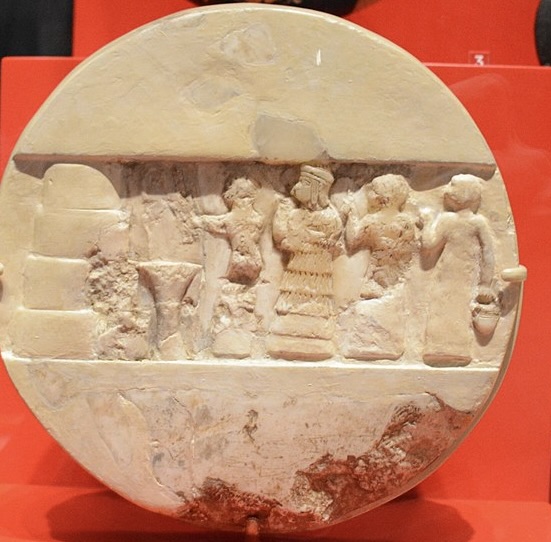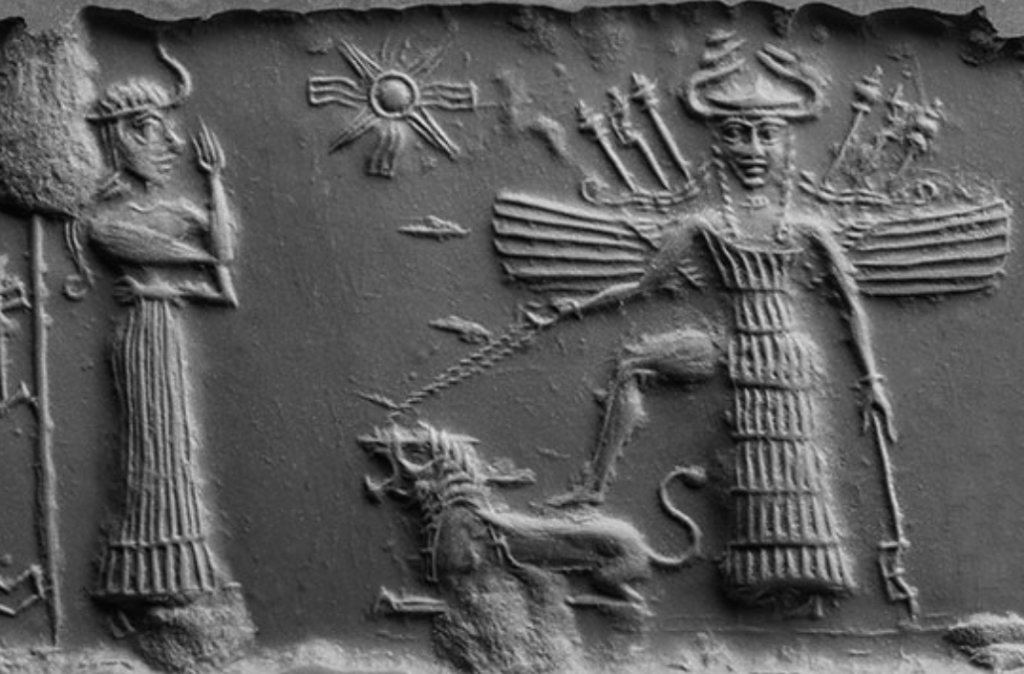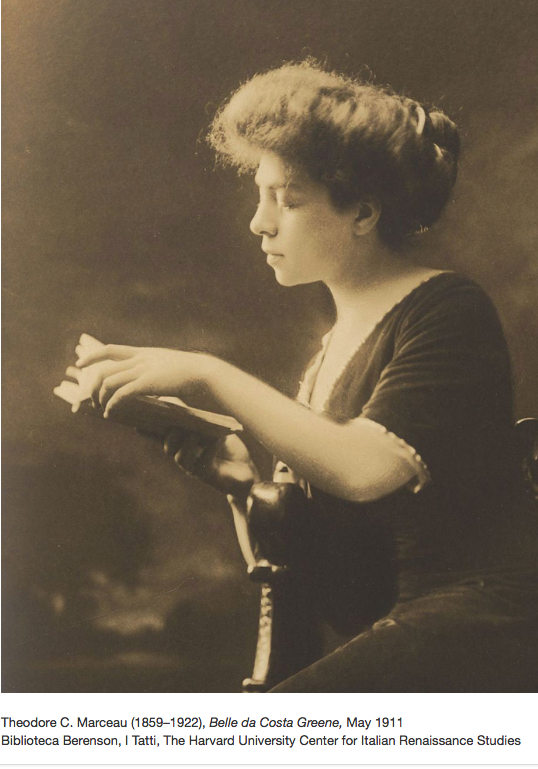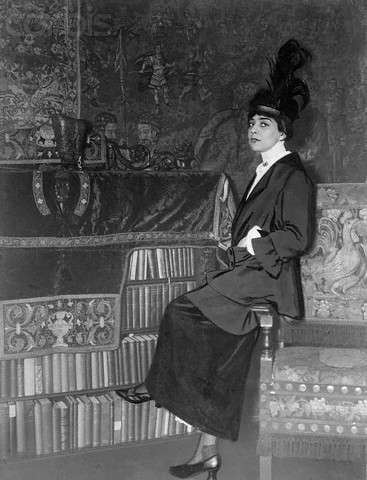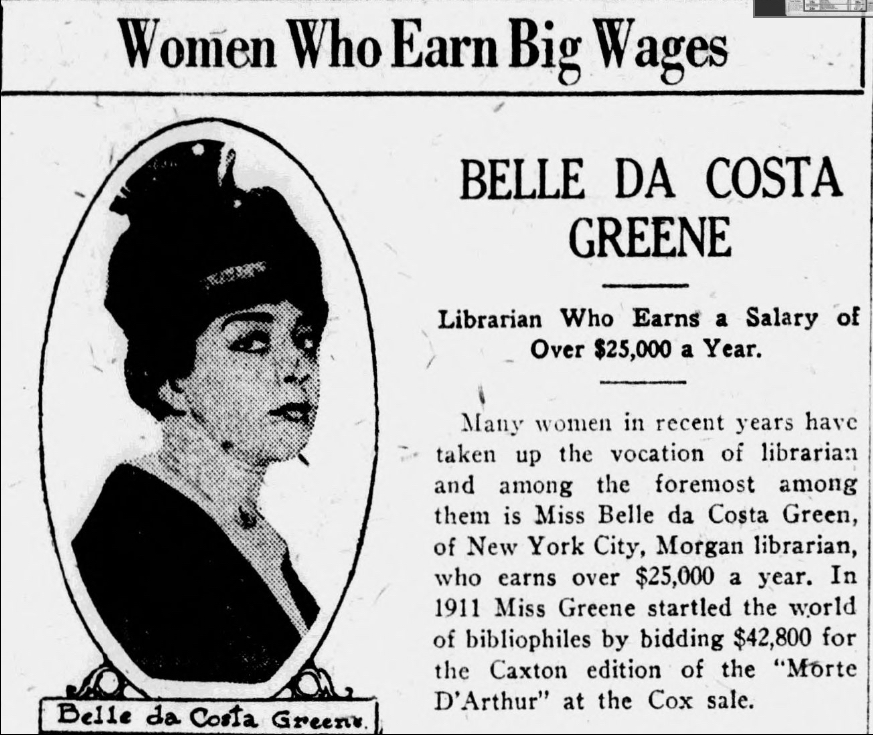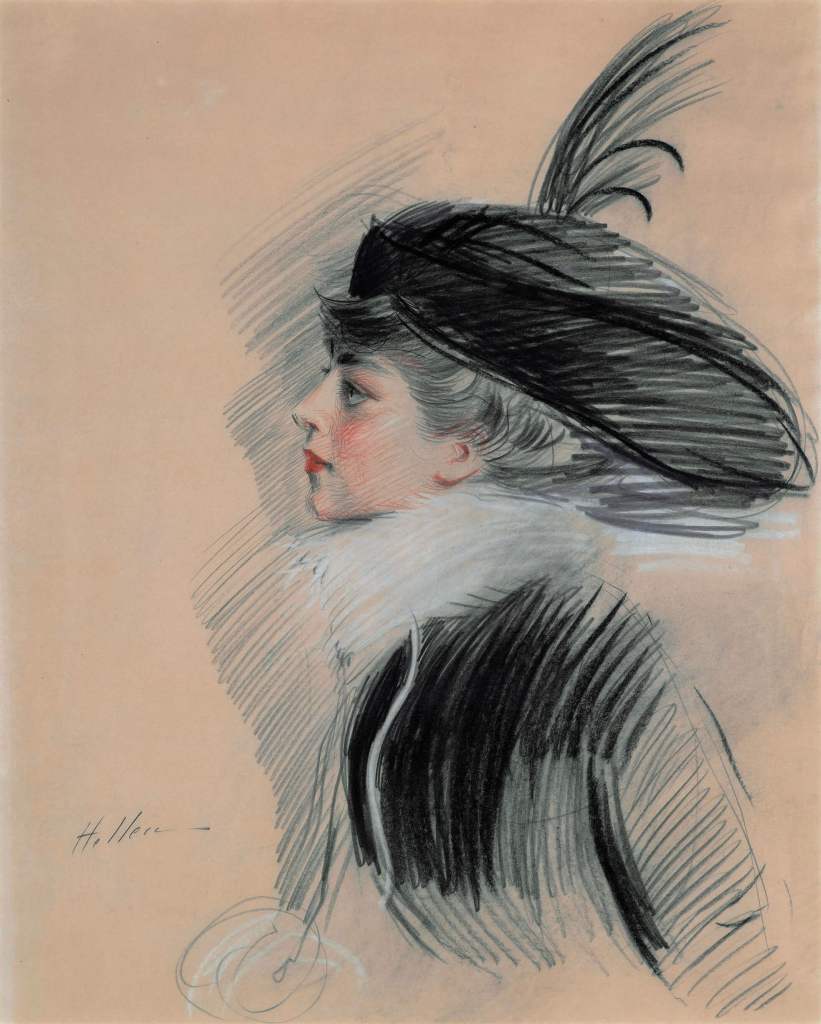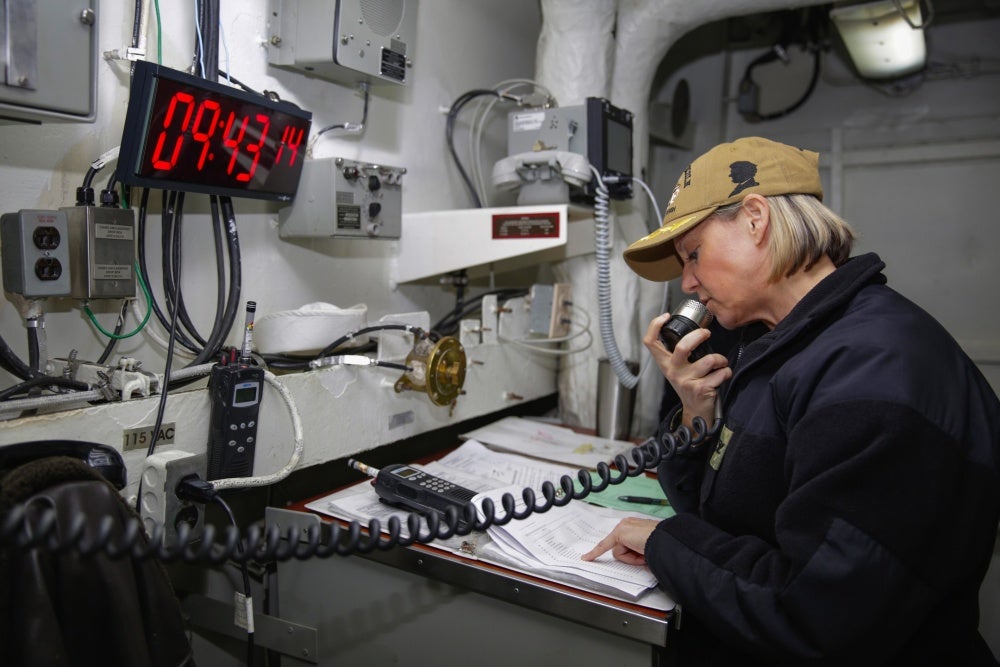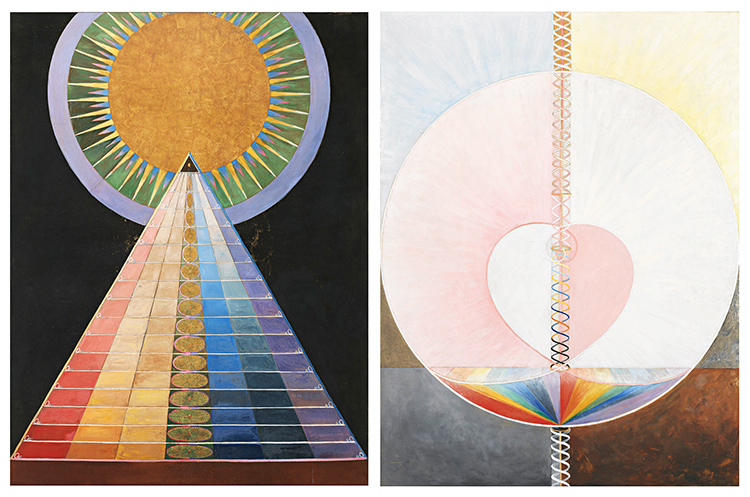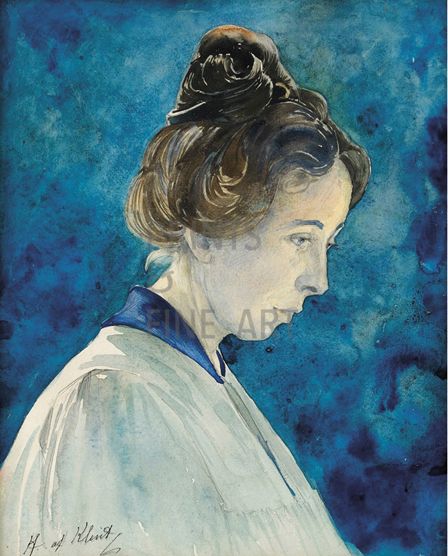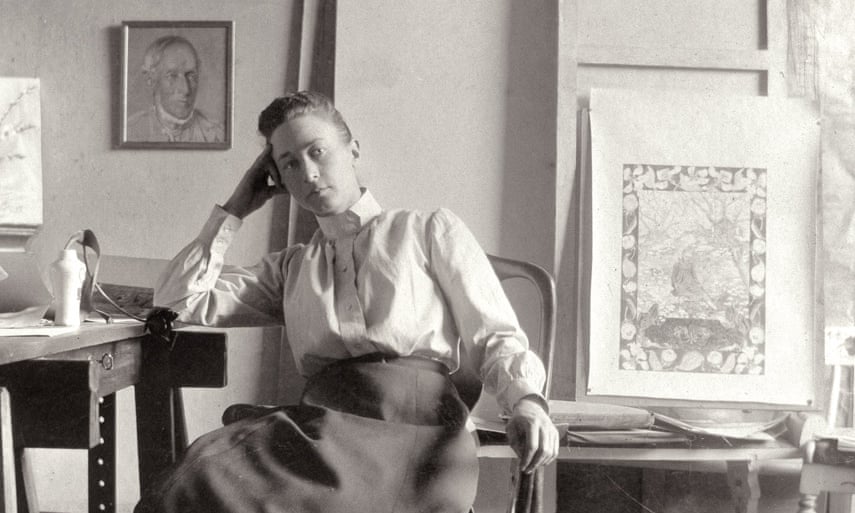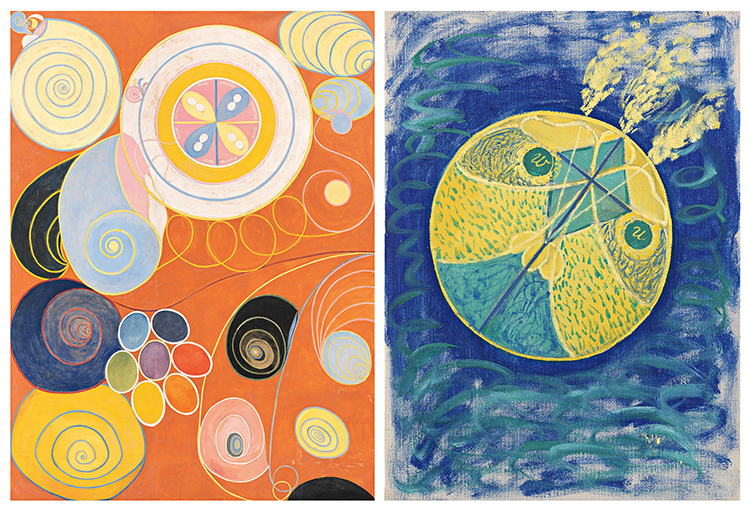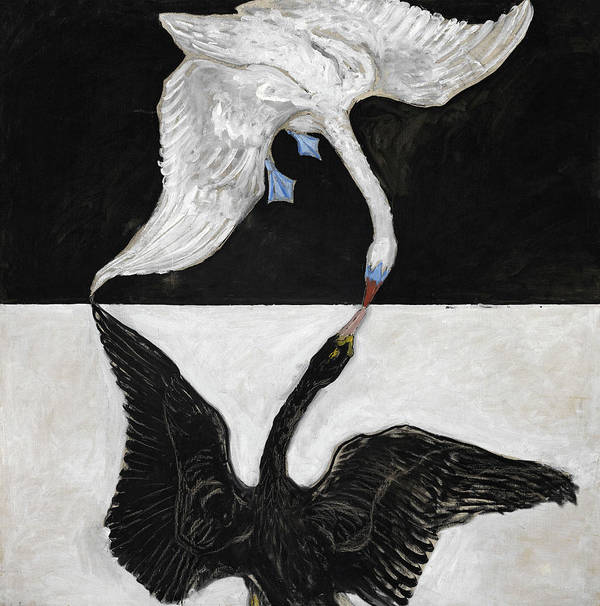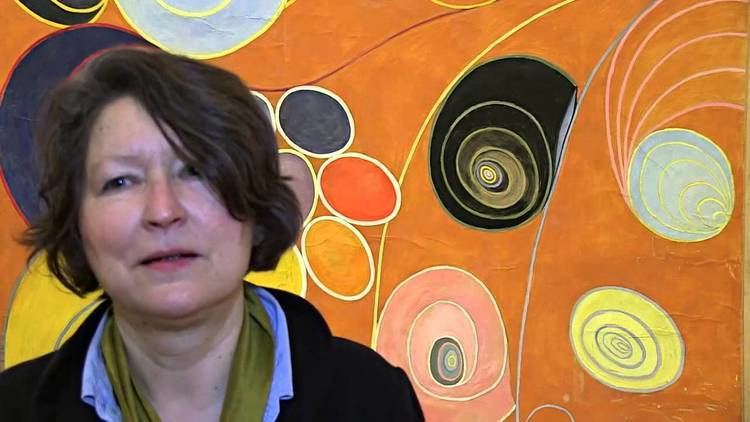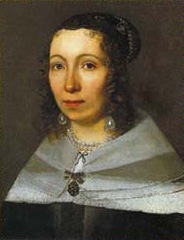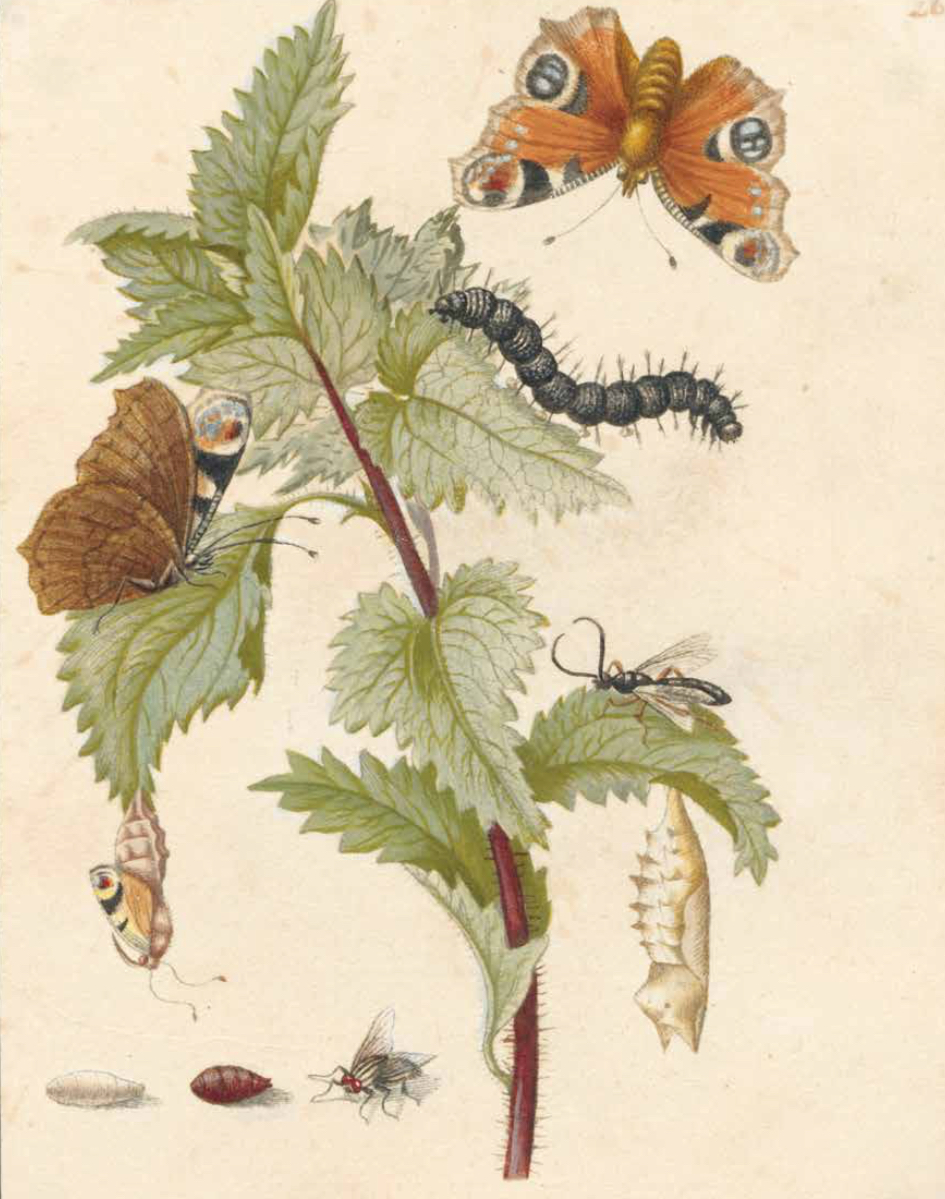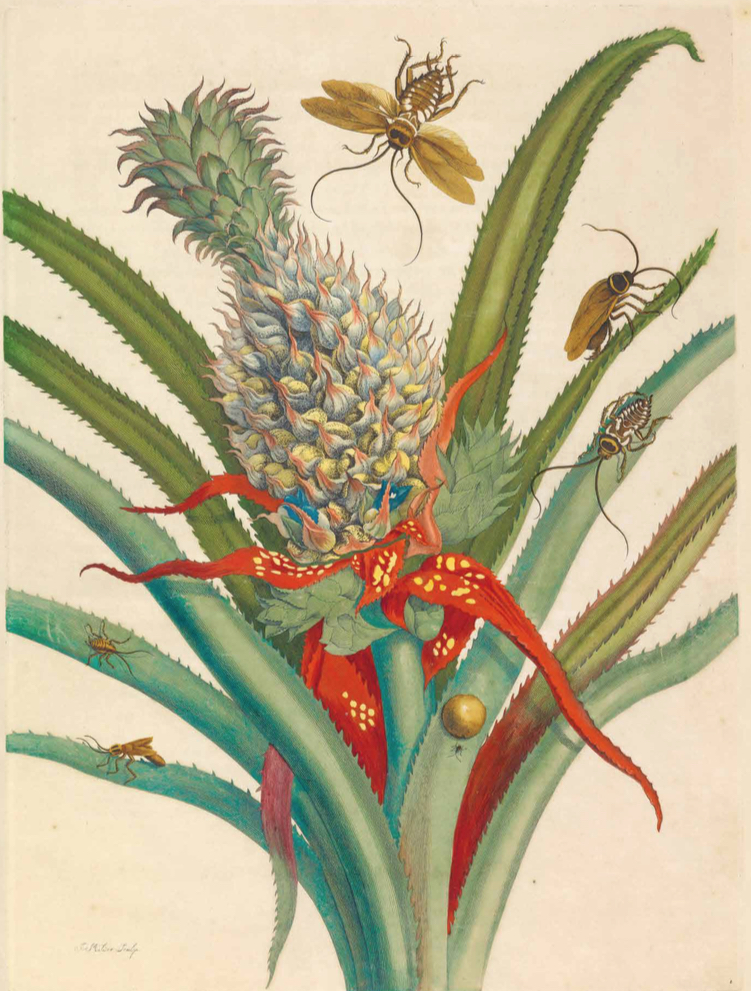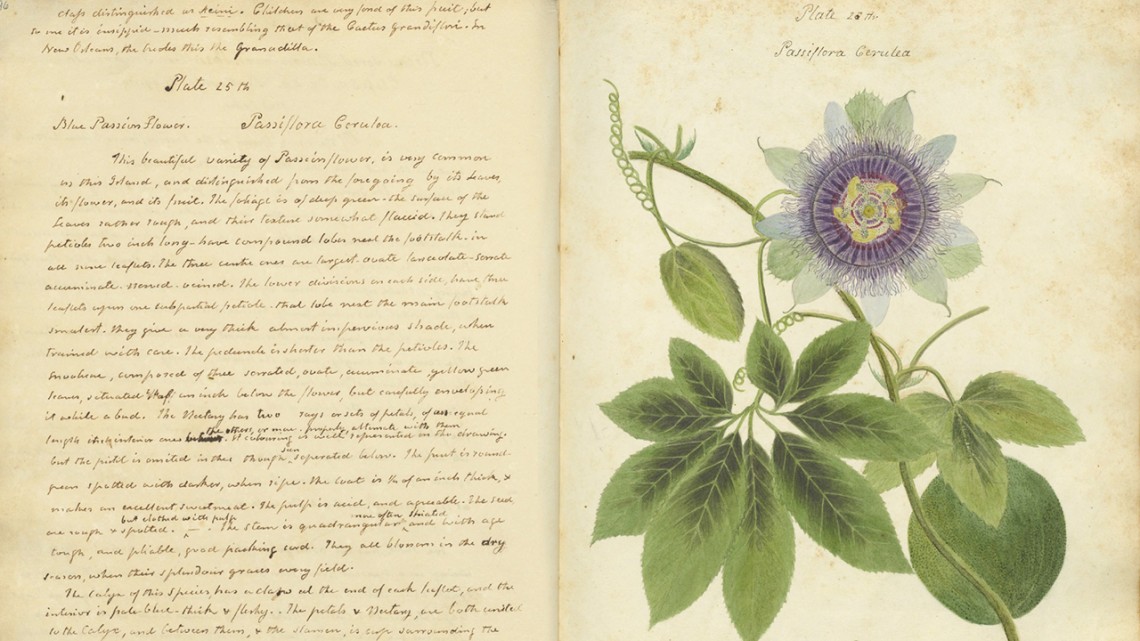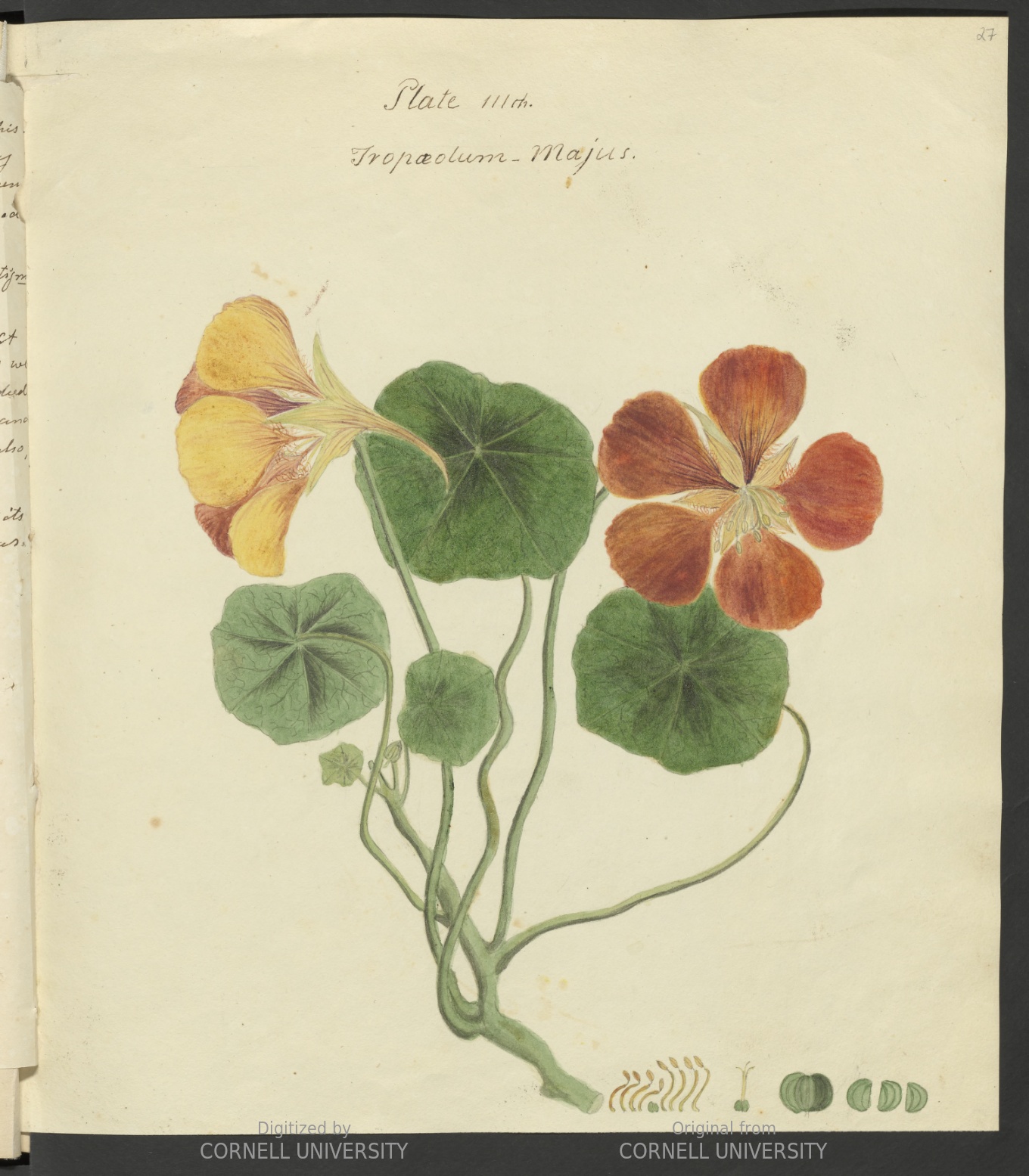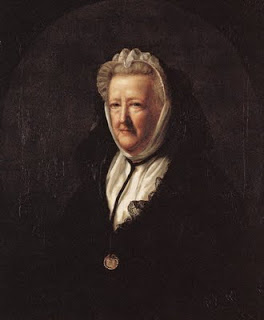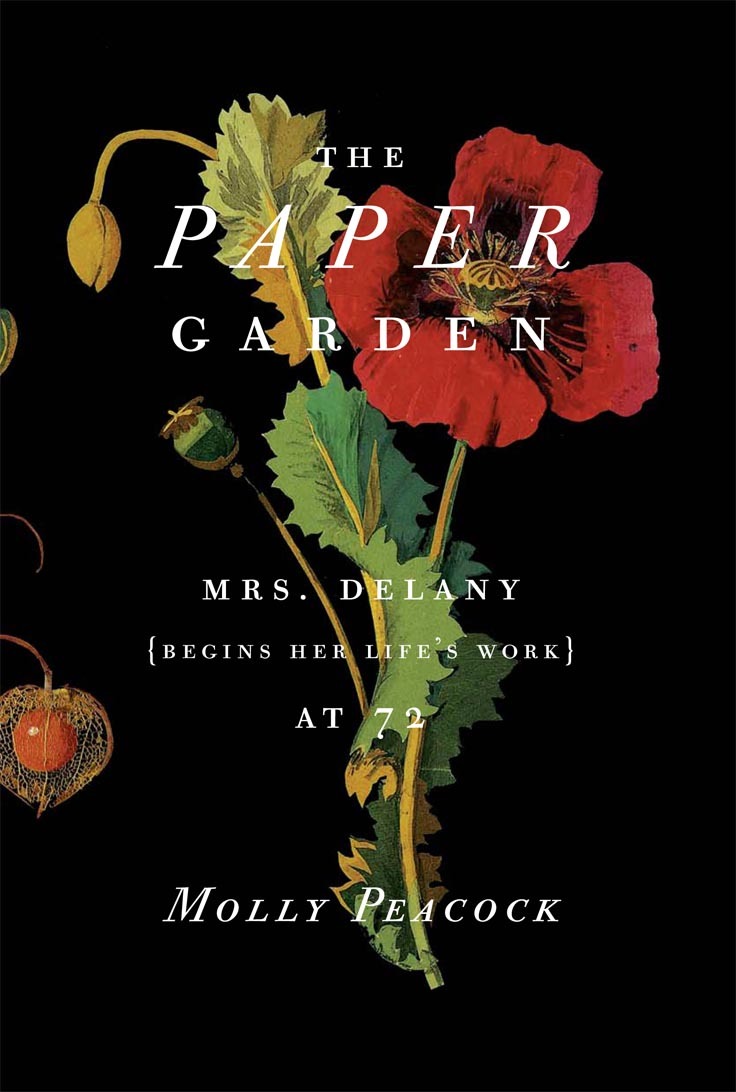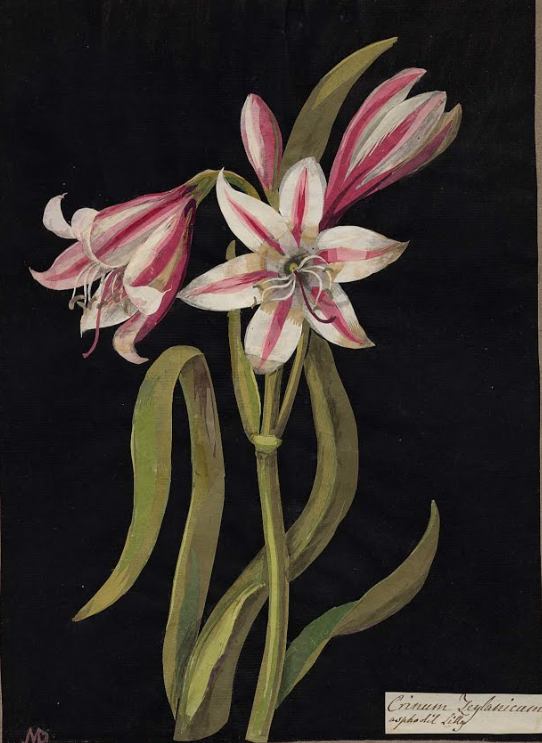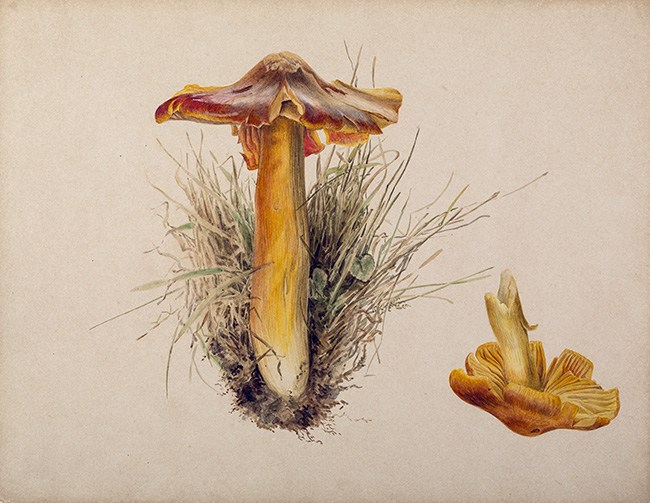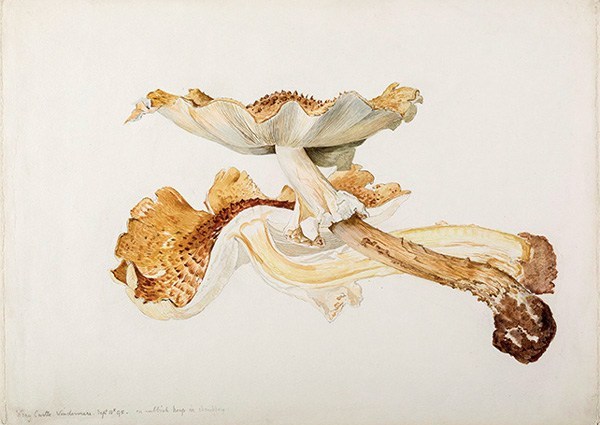Adwa, the very first decisive victory of a black African power, is an important event in the shared memory of the entire African population. It demonstrated the spirit of unity, love and friendship among Ethiopians; but foremost, it showed the genuine role of women.
Women marched alongside men to the battle at Adwa 127 years ago not as “comfort women”, but to fight against the Italian army. Just like their men-folk, Ethiopian women were ready to sacrifice themselves to prevent colonialists from sneaking into their country, thus forcing their children to live in servitude.
Women were preparing food and water, providing medical care for the wounded and they were following the solders with a slogan of ‘ freedom or death’.
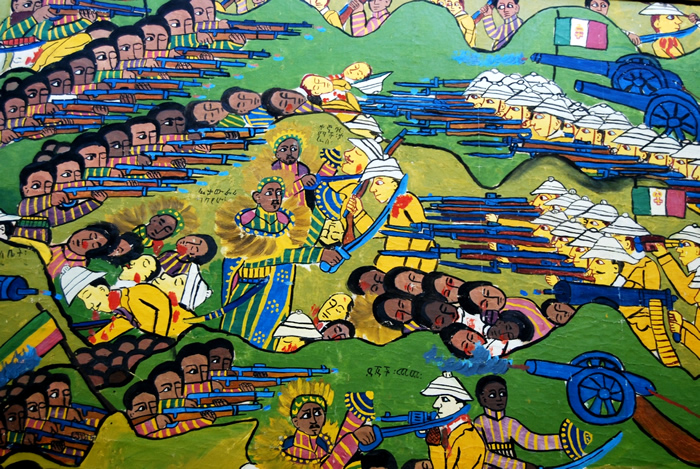
Detail of the Battle of Adwa
Empress Taytu Bitul was clearly symbolic of the best patriotic qualities of women. Taytu was not only a diplomat and stateswoman with resolve, but also an ingenious commandant versed in the art of war, a tactician par excellence.
Taytu was a strong-willed woman who forged a powerful alliance with her husband, promoting his career and then replacing him when he was incapacitated. Taytu was a remarkable power in her own right: she had a private army and large land holding, she also held a dominant position in determining Ethiopian Orthodox Church policy.
She opposed Menelik’s conciliatory attitude toward the Italians who had imperial designs on Ethiopia. She scored a significant victory at an Italian-built fort in Mekelle, where she defeated the Italians by cutting off their water supply. She then took part in their decisive defeat at Adwa in 1895.
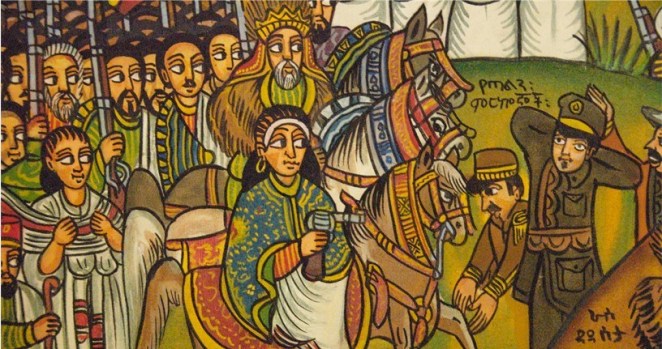
Emperor and Empress of Ethiopia shown during the Battle of Atwa
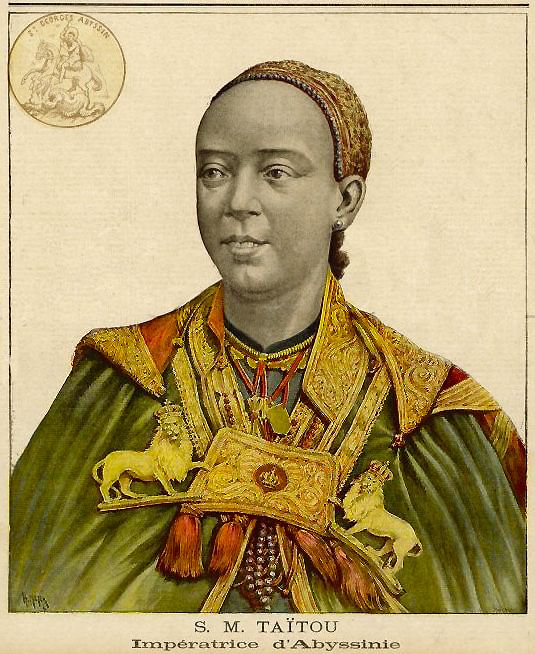
Portrait of Empress Taytu Bitul
Awa Victory Day is a national holiday in Ethiopia, which is observed on March 2nd every year. This day celebrates Ethiopia’s victory over Italy in the year 1896. People pay tribute to their ancestors who helped present-day Ethiopians secure their independence from European rule. This day is an important milestone as it stands for the celebration of Ethiopian sovereignty. People dwa Victory Day is a national holiday in Ethiopia, which is observed on March 2 every year. This day celebrates Ethiopia’s victory over Italy in the year 1896. People pay tribute to their ancestors who helped present-day Ethiopians secure their independence from European rule. This day is an important milestone as it stands for the celebration of Ethiopian sovereignty. People come out into the streets, hold parades, and retell old tales.

Celebrating Adwa Victory Day Photo Credit: Xinhua

